German Chancellor Angela Merkel traveled to Auscwitz-Birkenau (Poland) on 6 December to commemorate the next anniversary of the 75th anniversary of the liberation of the camp by the Red Army on 27 January 1945.
Angela Merkel was accompanied by Polish Prime Minister Mateusz Morawiecki, an 87-year-old survivor, Bogdan Bartnikowski, and representatives of the Jewish community. Since her arrival in power, this is the chancellor’s first visit to the extermination camp, where nearly 1.1 million people were murdered between 1940 and 1945. The day before her visit, she had announced an endowment. 60 million euros to the Auschwitz-Birkenau Foundation for maintaining the opening of the site.
First trip of a German head of state since 1995, this trip was rich in emotion. Before the Chancellor, Helmut Schmidt in 1977 and Helmut Kohl in 1989 and 1995, were the two previous German leaders to have surrendered on this symbol of the Holocaust.
In her address, the leader emphasized Germany ‘s responsibility in the extermination of Europe’ s Jews, considering that this was partly a question of national identity.
« To remember crimes, to name their perpetrators and to pay a dignified homage to the victims is a responsibility that never stops, it is not negotiable, and it is inseparable from our country. is a part of our national identity « … » I feel a deep shame for the barbaric crimes committed here by Germans « . « I bow deeply » in front of everyone who had « a name, an unalterable dignity, an origin, a history, » said the Chancellor, recalling that we must never forget this dark period of history, taking into account that the disappearance of witnesses complicates the transmission of the memory of the Shoah.
The Auschwitz-Birkenau camp located about 70 km from Krakow was the largest concentration and extermination camp of the Third Reich after the invasion of Poland by the Nazis. It was here that more than a million people were killed.
Before the Second World War, the Jewish community in Poland was the largest in Europe. Warsaw was then the second largest Jewish city in the world. On September 1, 1939, Hitler attacked Poland by invading the « Dantzig corridor ». After the outbreak of the war, Poland is defeated and the government goes into exile in London. That’s when the Nazi terror regime begins when Poles die trying to save Jews.
In 1940 Heinrich Himmler decided to build the Auschwitz I camp to house Polish political prisoners who were no longer in prison. They were then joined by members of the resistance, intellectuals, homosexuals, Gypsies, Slavs, Communists, the disabled, Jehovah’s Witnesses and Jews. A total of 1.5 to 3 million people of all ages and 28 nationalities have lost their lives for « the purity of the Aryan breed » in Europe and around the world.
The extermination camp Auschwitz II was created in 1941 by the Nazis 3 km from the first which housed the administrative center. He composes with Auschwitz I, the Auschwitz-Birkenau complex on 175 hectares. divided into several sections delimited by barbed wire and electrified fences. Thanks to a large railway network, he entered the politics of Hitler’s right arm in charge of the « Final Solution »: Train, Deportation, Death.
A sad landscape was offered to prisoners from the arrival platform from which they could see huts, watchtowers, electrified barbed wire without forgetting the slogan at the entrance « Arbeit macht Frei » (« Labor makes Free ») . A little later, they discovered the 5 gas chambers and cremation ovens that can accommodate 2,500 people as well as the storage places: hair, glasses, toothbrushes, suitcases, shoes … The height of horror, the fat of the dead used to produce soap.
The weakest, sick or unable to support the journey without water or food, were directly directed to the gas chambers; others to work camps or chosen to undergo experiments
From 1942, the women were transferred to Auschwitz II where they were murdered or forced to participate in sterilization experiments in the main camp.
In 1945, following the advance of the Red Army to Poland, the Nazis evacuated Auschwitz, taking with them the most prisoners who for some did not support it. On January 27, 1945, Soviet troops released the remaining prisoners in the camp.
To date, the complex can be visited. We discover objects that belonged to prisoners and facilities still in good condition for some.
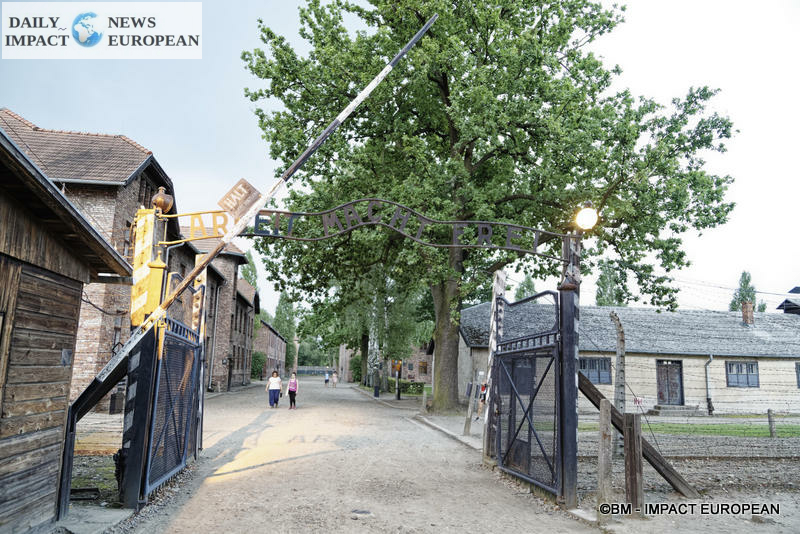












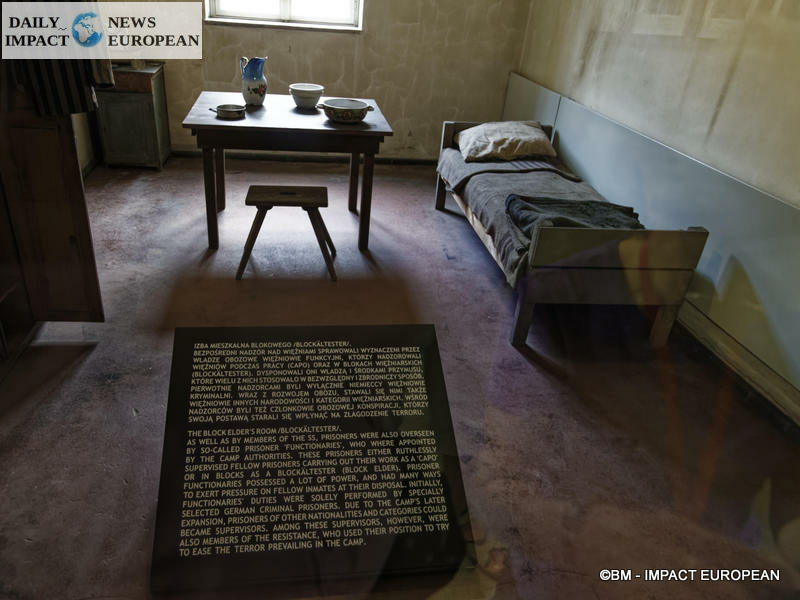


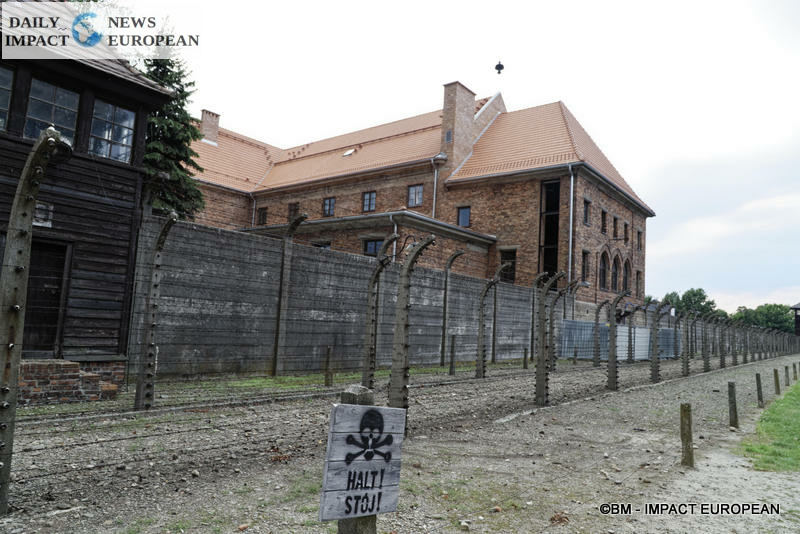

















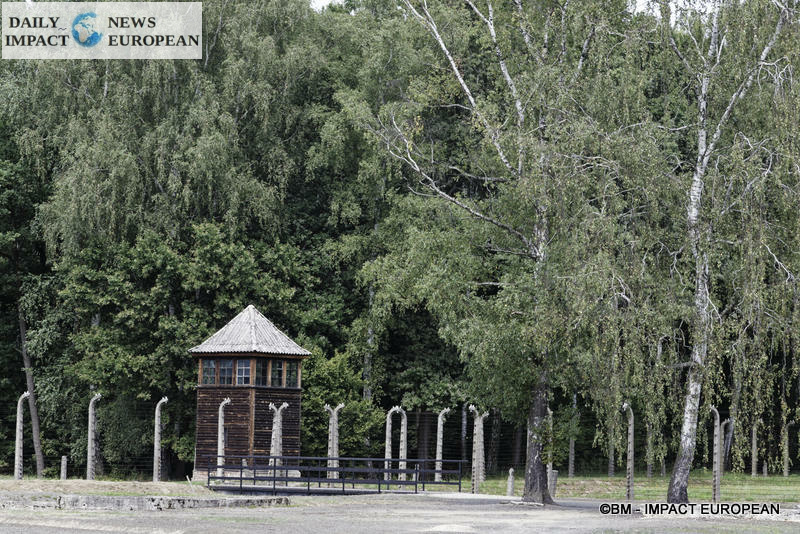
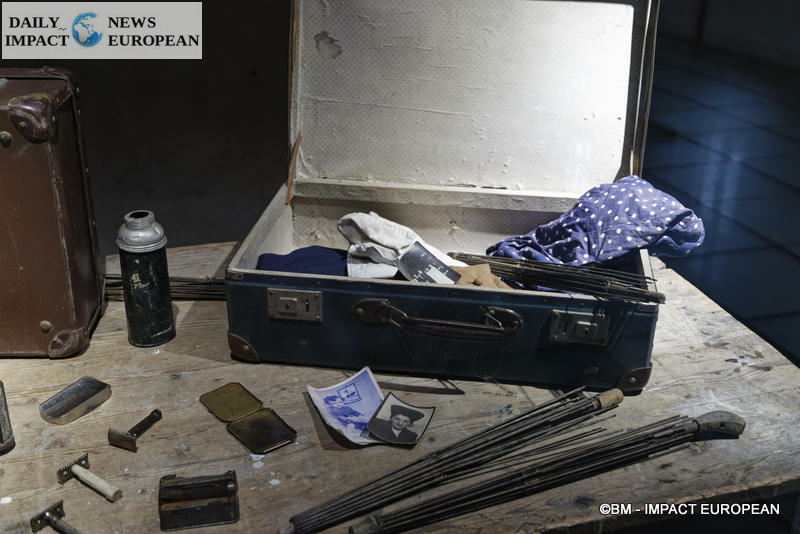

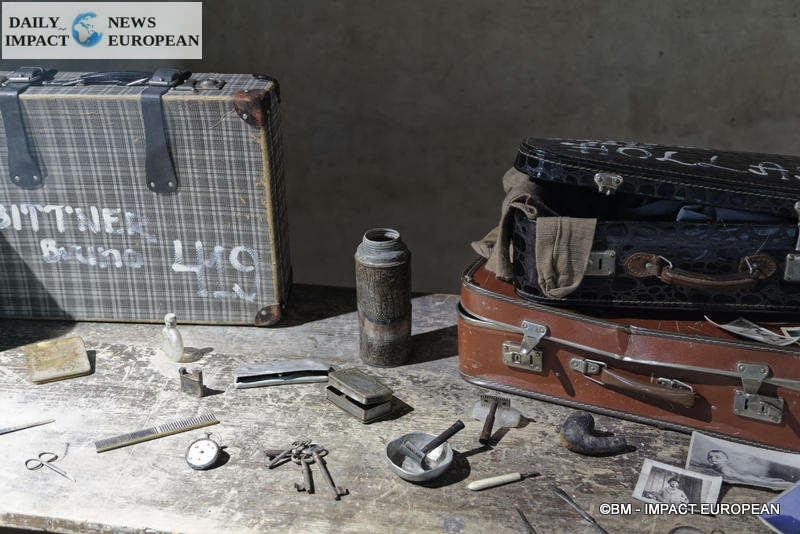

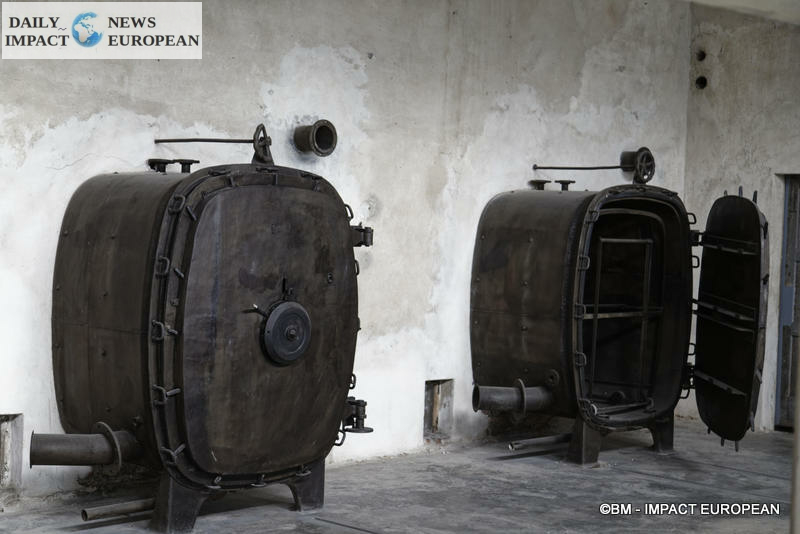



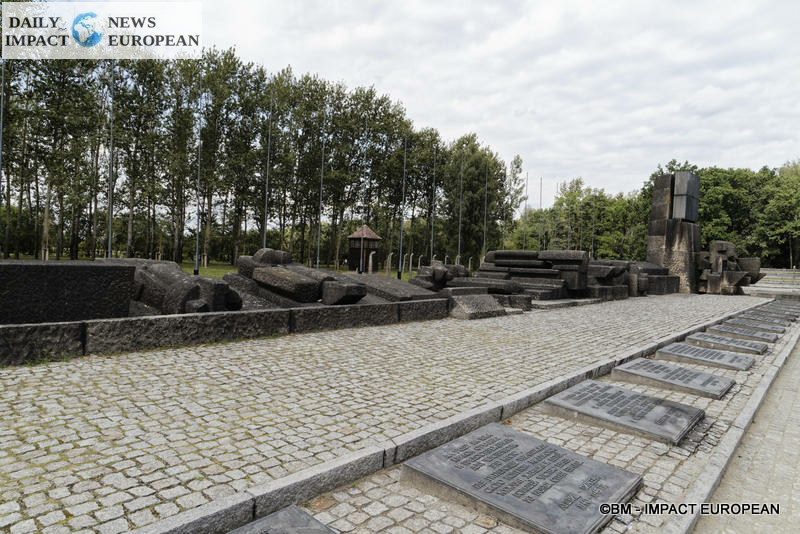
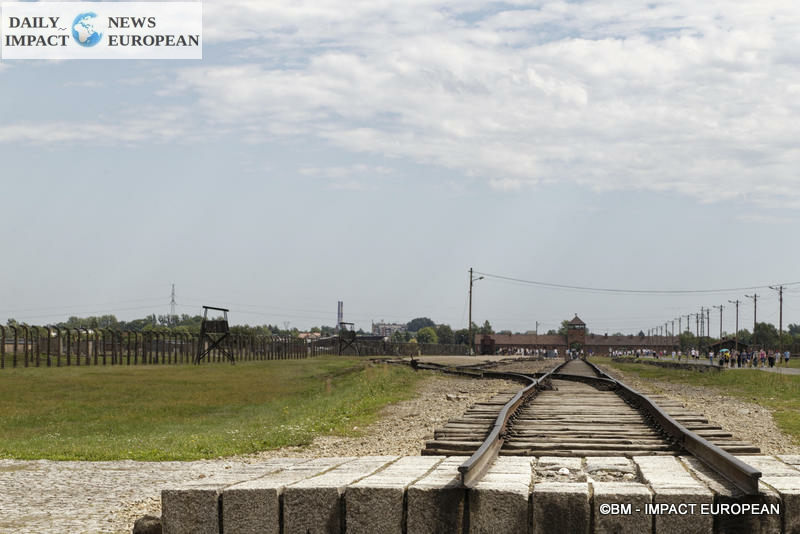



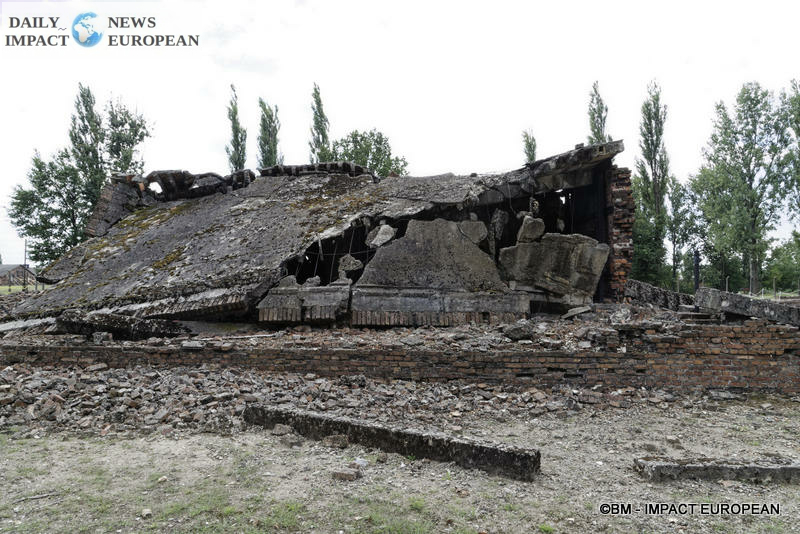





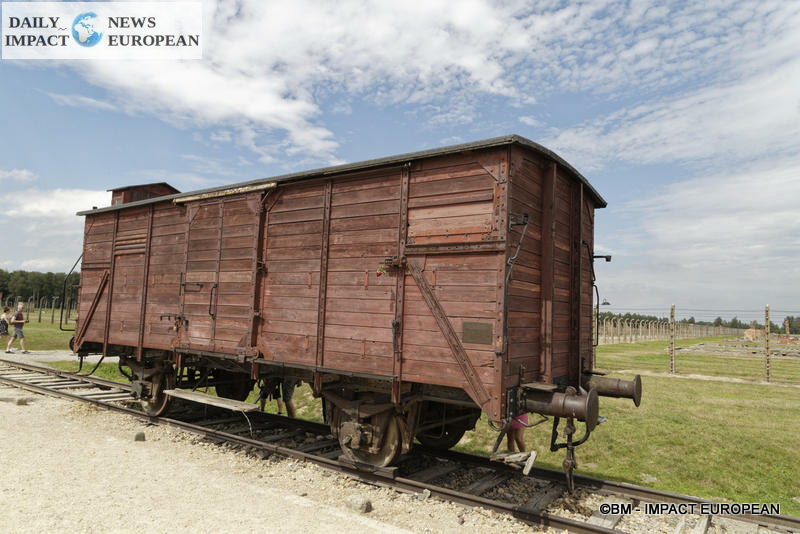





More Stories
Paris: Rally against Erdogan
Emmanuel Macron receives Volodymyr Zelensky at the Élysée Palace before the Paris summit
Pasión de Buena Vista, on tour in 2025